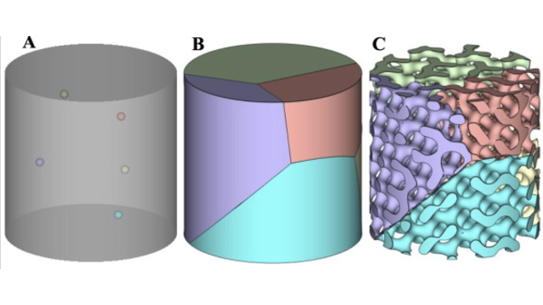3D (Bio)Printing: The Art of Engineering Tissues

Speaker:
Sanjairaj Vijayavenkataraman, PhD
Assistant Professor of Mechanical Engineering
NYU Abu Dhabi
Abstract:
3D Printing and bioprinting are pioneering technologies that enable fabrication of biomimetic, multiscale, multi-cellular tissues with highly complex tissue microenvironment, intricate cytoarchitecture, structure-function hierarchy, and tissue-specific compositional and mechanical heterogeneity. Given the huge demand for organ transplantation, coupled with limited organ donors, these technologies could solve the crisis of organ shortage by fabrication of fully-functional whole organs. This talk will briefly introduce the concepts and types of 3D Printing and bioprinting technologies, the need for these technologies in the field of tissue engineering and its potential applications. Some of the key accomplishments from our lab, namely biomimetic bone implant design based on architected meta-materials for better biomimicry and mitigation of stress-shielding, bioprinting of vascularized human skin tissue, and development of new ecofriendly bioinks for bioprinting of soft tissues will be dealt in detail in this talk.
Professor Vijay received his PhD from the National University in Singapore in 2018. Subsequently he spent 2 years with the BioExpert Network, where he consulted on issues related to additive manufacturing, 3D bioprinting of human tissues, and biomaterials. In fall 2019 he joined NYU Abu Dhabi where he heads the The Vijay Lab for 3D printing and bioprinting for tissue engineering, regenerative medicine, drug testing, and medical devices. In addition to his research, he holds editorial positions and serves as editorial board member of several reputed international journals including Bioprinting (Elsevier), Artificial Organs (Wiley), International Journal of Bioprinting, Frontiers in Bioengineering & Biotechnology, and Micromachines


